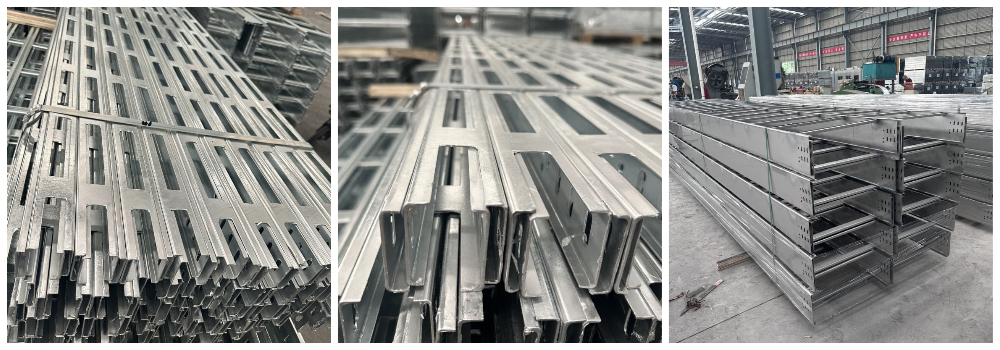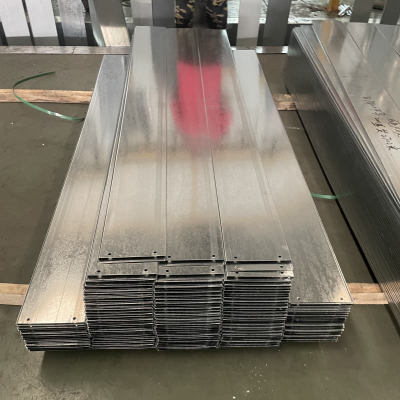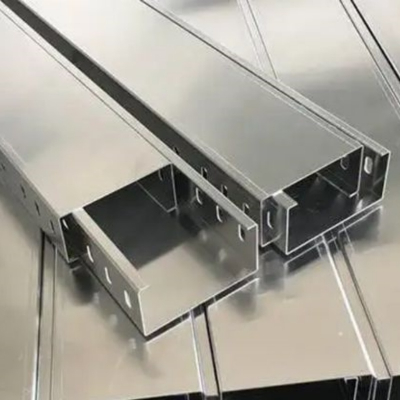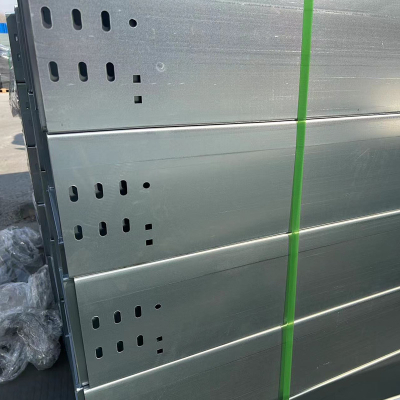The source of the load-bearing capacity of ladder cable trays
The bearing capacity of ladder cable trays mainly comes from the optimization of their structural design, material selection, and load distribution.
Structural design is an important source of load-bearing capacity for ladder cable trays. The ladder type cable tray adopts a frame structure composed of multiple layers of horizontal beams and vertical pillars, and the various components are fixed by welding or bolt connection, ensuring the overall stability and bearing capacity. This structural design makes the layout of cables on the bridge more orderly, facilitating management and maintenance.
Secondly, material selection also has a significant impact on load-bearing capacity. Ladder cable trays are usually made of high-strength and corrosion-resistant metal materials, such as steel, aluminum alloys, etc. These materials not only have sufficient strength and rigidity to withstand cables and additional loads, but also have good weather resistance and corrosion resistance, extending the service life of the tray. The optimization of load distribution is also an important factor in ensuring the load-bearing capacity of cable trays. When installing cables, it is necessary to consider the weight and layout of the cables, arrange the position and distribution of the cables reasonably, ensure uniform load distribution, and reduce the impact of local loads on the cable tray.
In addition, the ladder type cable tray also has the following characteristics and advantages:
1. High load-bearing capacity: It is usually made of metal materials and has strong load-bearing capacity, especially suitable for arranging heavy or large quantities of cables.
2. Ventilation and heat dissipation: The open structure allows for air circulation around the cable, reducing the heat accumulation caused by long-term operation and avoiding potential faults and hazards caused by cable overheating.
3. Easy installation and maintenance: The structural design makes cable laying, maintenance, and replacement work simple and fast, reducing maintenance and time costs.
4. Flexibility and adaptability: Suitable for cable routing needs of different capacities and scales, it can handle everything from small projects to large-scale projects with ease.




